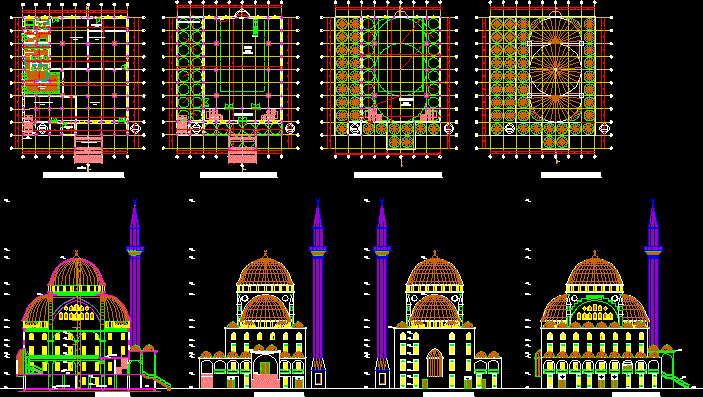
Use the BIT->RATE control for bit crushing/sample rate reduction effects. DIGI is great for adding harmonics and excitement to your tracks without coloring the signal too much and might act as a proof, that digital saturation can sound pleasant. The first one only generated the first 4 harmonics. Again two models were created, which can be blended. The DIGI mode: designed to precisely add even and/or odd harmonics to program material. WARM focusses more on the transient smoothing and compressing character associated with tubes, while SIZZLE captures the harmonics generated, when driving the preamp without affecting the transients much. These two models can be blended into each other with the CHARACTER control. The TUBE mode consists of two different models of a two stage tube preamplifier. SDRR is available in the following formats (all included in one single license): The four modes in SDRR: Since IVGI is comparable to SDRR quality-wise, CPU-consumption wise and regarding aliasing (or better the absence of aliasing artifacts), it’s a good way to also get an impression of how SDRR would perform on your system. Don’t forget to check out the free IVGI, which can be seen as the little brother of SDRR. Add warmth, depth and character to your tracks with SDRR. SDRR can be different things: a saturation, a compressor, an EQ, a bit-crusher, a subtle stereo widener, or simply add some movement to your tracks with the DRIFT control. A unique RMS level difference metering mode makes level matching an easy task. Each mode has its unique crosstalk behavior, which can be switched off or exaggerated. SDRR offers four different main modes: TUBE, DIGI, FUZZ, DESK and reacts dynamically to the input signal.

It provides a comprehensive set of controls to manipulate the character of the saturation to make it fit exactly. SDRR 2 was built to satisfy almost all of your saturation desires. In the right hands, it really can be the magic wand that blends your sounds and tones into a coherent and characterful mix, rather than simply one with a 'correct' balance.Klanghelm SDRR 2 v2.4.1 VST VST3 AU AAX Digi mode is designed to precisely blend in odd and even harmonics, for enriching 'flat' sounds, but can also be used as a bitcrusher for extreme digital distortions.īeing so sonically remarkable and extraordinarily affordable, it would almost be a crime not to have SDRR in your plugin collection. Having said that, it can still deliver biting tones, sounds great on basses and guitars, and is great for dirtying up synths. Fuzz is modeled on the distortion characteristics of the germanium transistors in stompboxes, but it's modified for a more subtle distortion. The last two modes - Fuzz and Digi - are more 'task-orientated'. It sounds great and, again, having one on every channel of your template session wouldn't be a ridiculous notion at all. The one-knob compressor does a fine job on dynamics, aided by a Transient knob for mellow or aggressive squashing. Pushing the Drive feels just like turning up a console channel, and the EQ curves - though only bass and treble shelving - feel properly musical.
#KLANGHELM SDRR FREE DOWNLOAD PLUS#
Intended as a simple analogue channel strip, Desk mode provides subtle colouration plus basic dynamics and tone controls. Turn up the drive on a bass guitar, say, for highly realistic classic valve distortion tones. There are two tube models - Warm and Sizzle - which you can morph between, then adjust the Harmonic Balance and Frequency Response to hone the colour.Ī Dynamic control can add aggressive or gentle attack to the saturation, and there's no reason why you wouldn't want to have SDRR inserted on every channel in Tube mode, CPU permitting. Applied subtly, it adds a certain warmth and glue to vocals in particular that really does hark back to analogue days of old. Of the four modes, Tube is the most striking and probably the most useful.


 0 kommentar(er)
0 kommentar(er)
